|
Connecting music
is difficult to define because we connect music
with everything. Broadly, we connect with music inside and
outside - within ourselves and with others. Music is the
soundtrack of our lives and defines us to others and others to
us.
Remember the old
National Standards from 1994?
-
Singing,
alone and with others, a varied repertoire of music.
-
Performing on instruments, alone and with others, a
varied repertoire of music.
-
Improvising melodies, variations, and accompaniments.
-
Composing
and arranging music within specified guidelines.
-
Reading and notating music.
-
Listening
to, analyzing, and describing music.
-
Evaluating music and music performances.
-
Understanding relationships between music, the other
arts, and disciplines outside the arts.
- Understanding music
in relation to history and culture
You can see how these 9 were collapsed into
the 4 new standards: Creating,
Performing,
Responding, and Connecting
But connecting music with personal meaning is
not really addressed in the original 9 standards, and may be the
most important role that music plays in our lives.
The good news is that we don't have to teach
our students this. It is instinctive to make associations
and to create meaning with music.
If we have done our jobs
right, our students will have the knowledge and skills to
include a variety of music in the soundtrack of their lives
and will have the vocabulary
to express understanding of the meaning that music has provided.
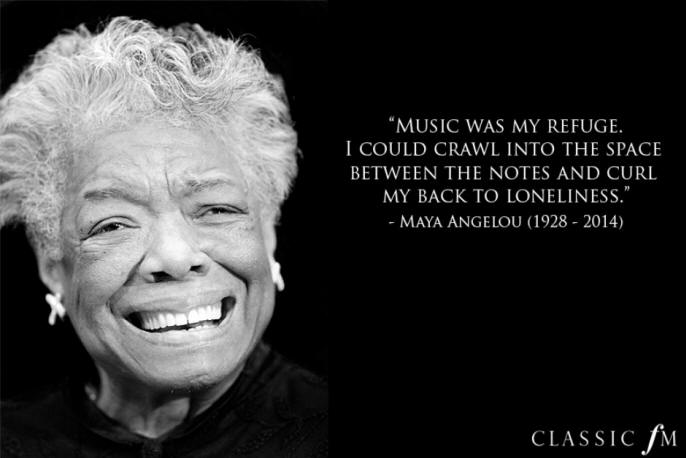
We all understand
MY MUSIC
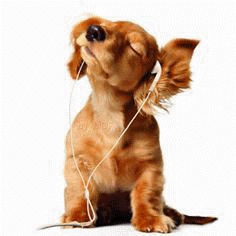
It is part of what makes us who we are. Our
students make musical choices every day that are shaping who
they are.
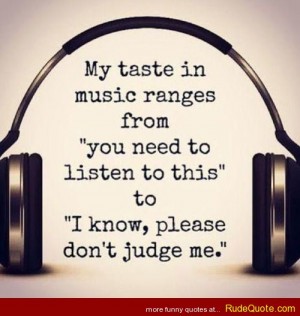
Music is one of the social and cultural
factors that defines people.
You become an "us" or "them" based upon what
kind of music you listen to.
You can associate a particular genre of music
just by looking at someone.
You may be wrong, but the association is there
because you would probably be right!
 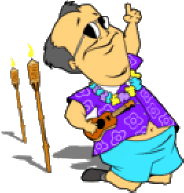      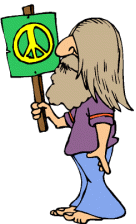 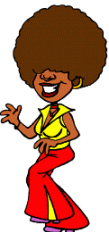
Music has meaning specific to time and place.
It is one of the factors that define the cultures and societies
of humankind.
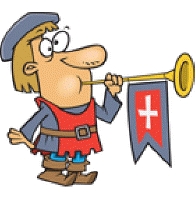 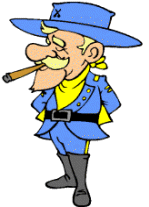 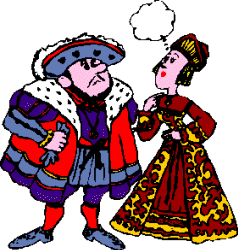   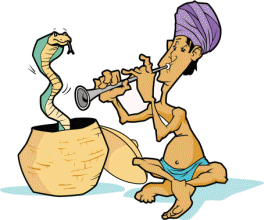 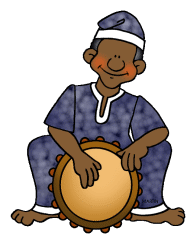 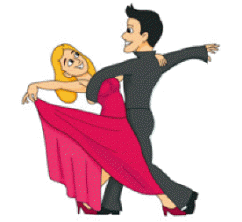
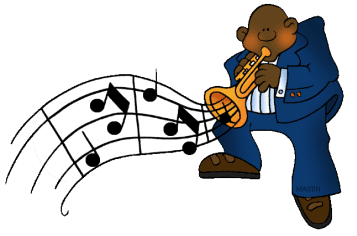
It is a daunting task to provide musical
context for the history of the world!!
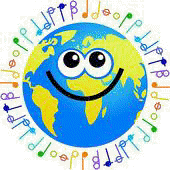
Too much for a lifetime, much less the time we
have with our students.
BUT . . .
Technology can help with that
From the time that music was
recordable, Technology has played a huge part in creating
musical meaning.

And the technology experience with music does not
stop there, as you know.
No matter how far back your experience goes with
any of these audio forms, imagine what your musical experience
would have been without them . . .
And,
The world is a much smaller place to share music,
thanks to technology!


Connecting
Synthesize
and relate: Synthesize and relate knowledge and
personal experiences to make music.
Relate out:
Relate musical ideas and works with societal, cultural, and
historical context and to deepen understanding.
Objective: Apply knowledge
and skills to creating personal musical meaning
Technology: Audio sources and means of sharing
(YouTube, Pandora, Spotify, personal devices, social
media, mind maps)
Activities:
-
Identify music that has meaning to individuals;
explore the connections
-
Find new music and share to create new meaning
Objective:
Relate music to time and place; defining us and others
Technology: Audio sources, Skype, social
media, links to historical and cultural content
-
Reach out to a group from another country and
share music via Skype and audio sharing; learn
how their music makes them 'them'
-
Study music in historical and cultural context;
find differences AND similarities to make
connections
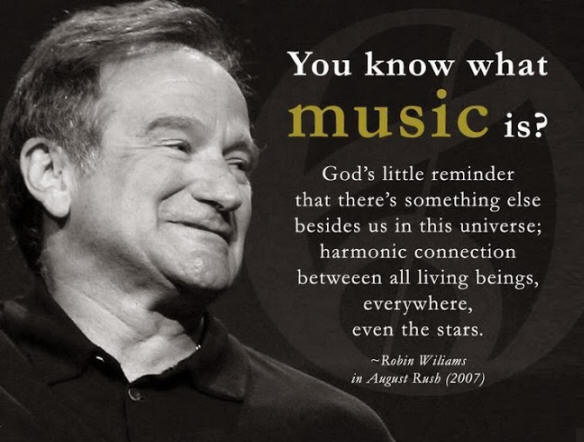
|